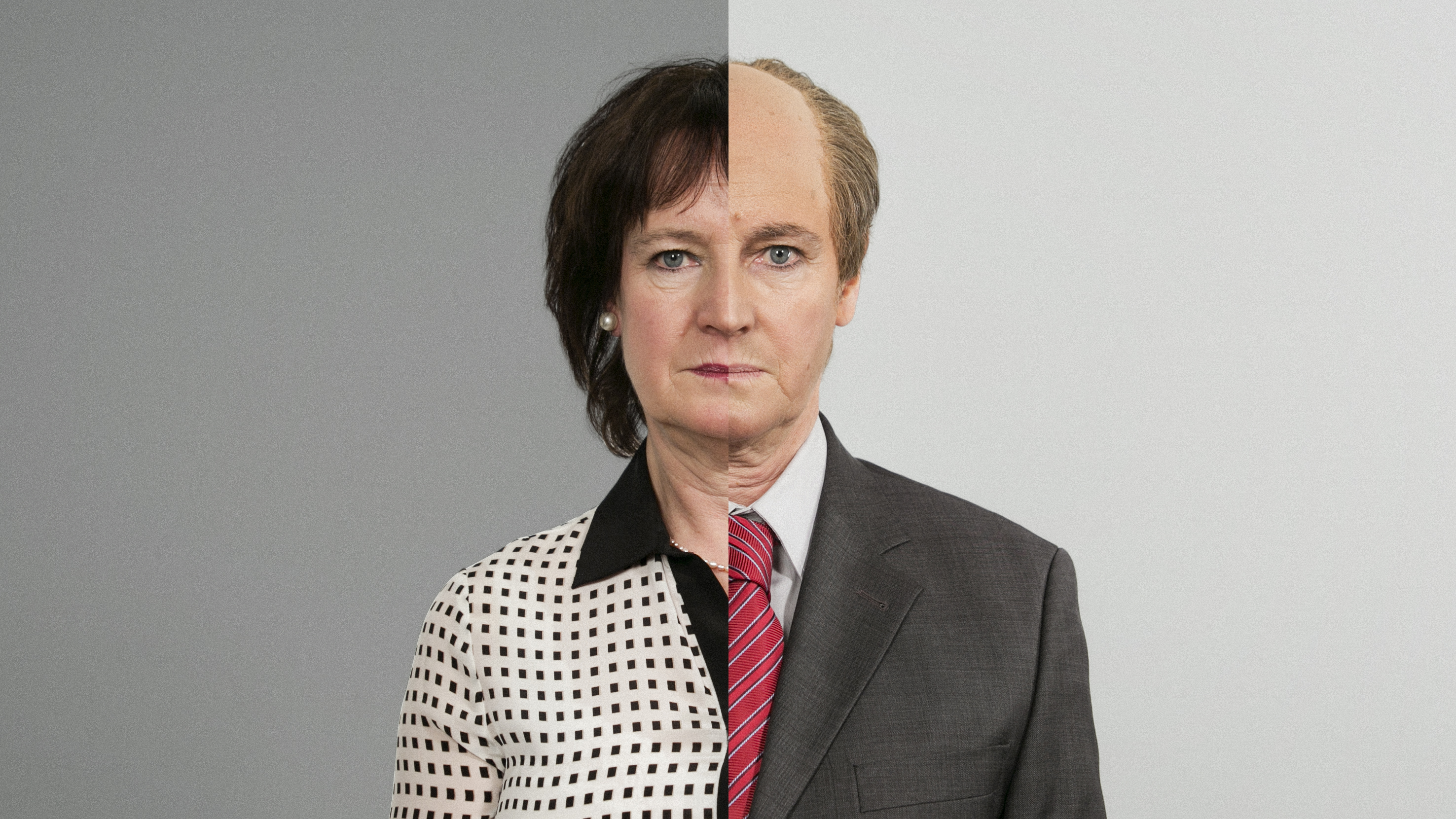Moving and Retirement
 Wealth Track Women: Tax Planning, Tax Tips, Over 50 and Business Owners
Wealth Track Women: Tax Planning, Tax Tips, Over 50 and Business Owners
Editor's Note: We have, for decades, watched Consuelo Mack's informative business programs on Public Television, helping investors to build and protect wealth over the long-term. During her tenure hosting the Wall Street Journal Report it won the Overseas Press Club award, the Gracie award and was nominated for a News and Documentary Emmy award for excellence in background and analysis. These series of videos may aid you in future tax years prepare for both planning and investing. more »
 Longer-Term Challenges for the American Economy: "The overall economic pie is expanding more slowly than before"
Longer-Term Challenges for the American Economy: "The overall economic pie is expanding more slowly than before"
There is no single explanation for the rise in inequality and the decline in the share of jobs that provide a middle-class standard of living. Economists generally agree that technological change and globalization have played a role. Both of these forces have reduced the demand for workers whose jobs had involved routine work that can easily be mechanized or offshored while, at the same time, increasing the productivity of higher-skilled workers. However, it is less clear whether technology and globalization are sufficient explanations for the increased share of income going to those at the very top of the income distribution. more »
 One Swedish Solution to the Pay Gap: Be a Man
One Swedish Solution to the Pay Gap: Be a Man
Sweden is considered one of the most equal countries in the world. However, the gap between men and women’s salaries has hardly changed at all for the past thirty years. At the current pace, it will take more than a century to reach equal pay. To protest against this, Annelie Nordström, President of Sweden’s largest trade union Kommunal, temporarily became a man. more »
 Married Women's Average Contributions to Household Retirement Savings Increased 1992 to 2010: 20 to 38%
Married Women's Average Contributions to Household Retirement Savings Increased 1992 to 2010: 20 to 38%
The Government Accountability Office examined: (1) the trends in and status of marriage and labor force participation in American households, (2) how those trends have affected spousal benefits and retirement savings behavior within households today, and (3) the implications of these trends for future retirement security. From 1960 through 2011, the percentage of women aged 62 and older receiving Social Security benefits based purely on their spouse's (or deceased spouse's) work record declined from 56 to 25. more »






